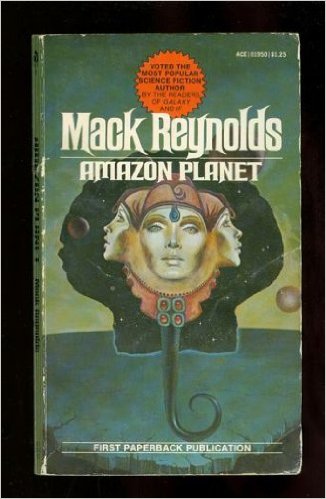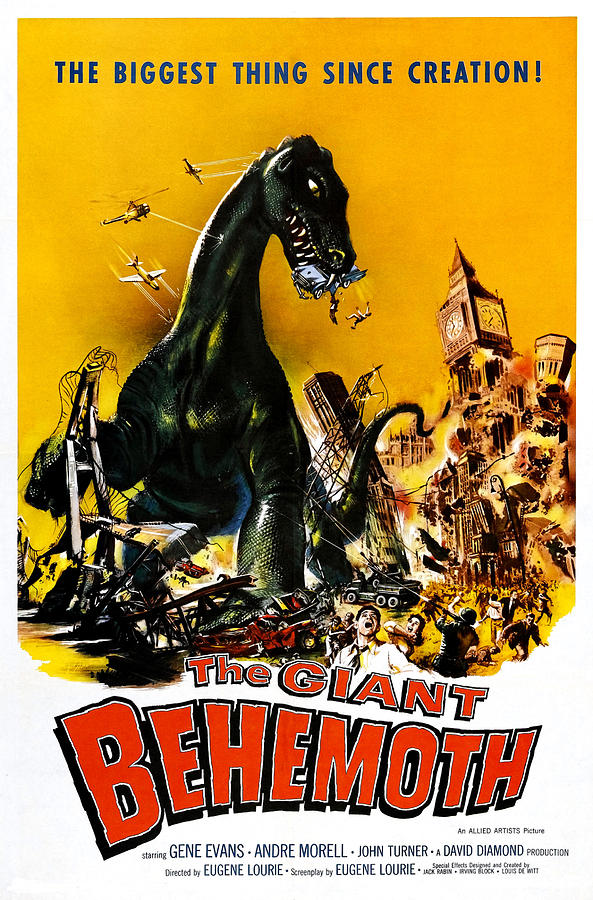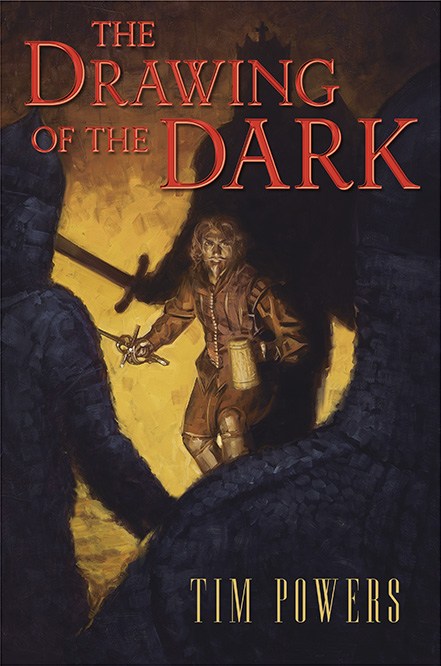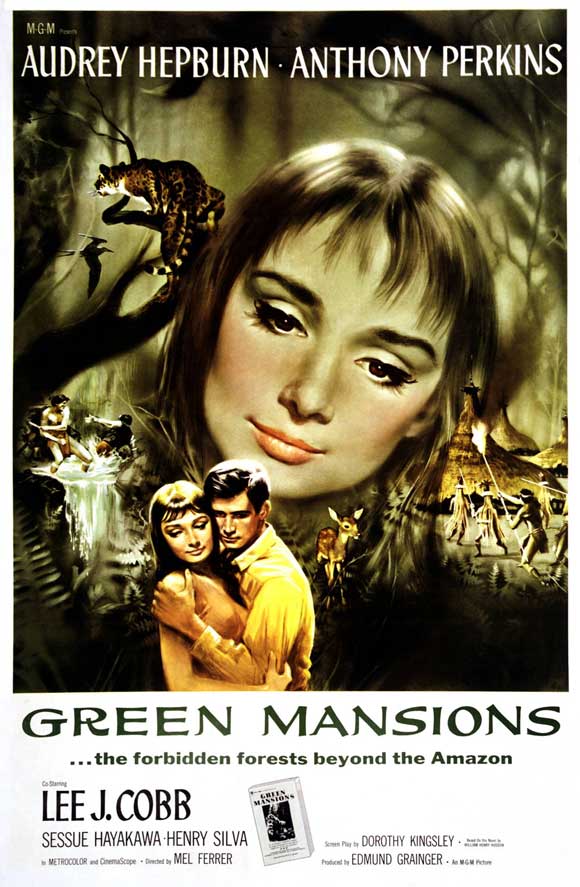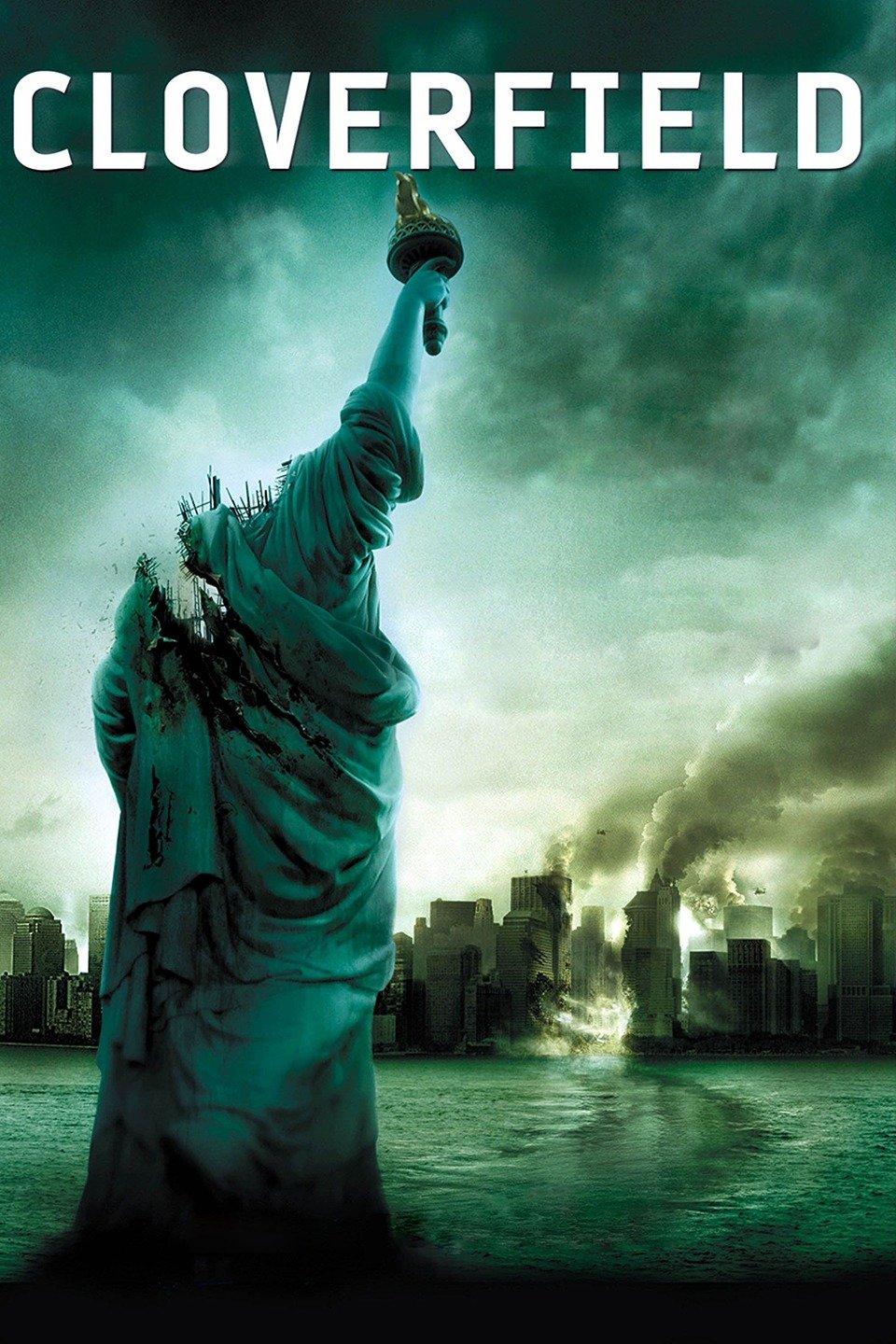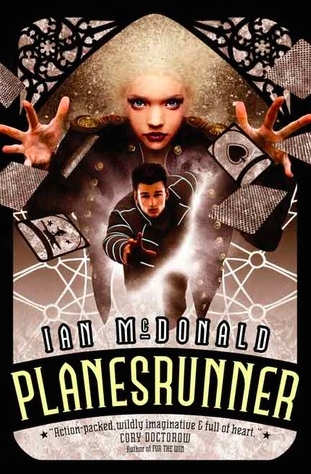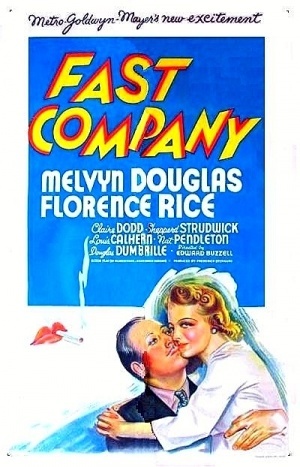By Scott A. Cupp
This is the 183rd in my series of Forgotten Books.
Popular taste in science fiction is a pretty fluid thing. The field is so broad and encompasses lots of sub-genres. It’s pretty easy to be focused on a single area or author and not see whole fields that exist. As a teenager in the ’60s, I found it was still possible to read most of the important books in the field each year. Within a few years that was no longer possible.
I remember when fantasy titles were very, very scarce. This year represents the 50th anniversary of the first Lancer Conan title with a Frank Frazetta cover. At that time you had to look. Michael Moorcock was coming and Ballantine had published Tolkien and some E. R. Eddison but not much else. Ace was thinking of printing the Fafhrd and Grey Mouser books.
So all this is in prelude to talking about Mack Reynolds. A very prolific writer, Reynolds published something like 75 books between the 1950s and 1980s, of which I have read four. That’s not much based on his output and huge presence in the marketplace. I don’t know why I never read much. He was in a lot of ace Doubles, and I certainly read many of those by lesser writers. But I did read Amazon Planet back then, and now, some 48 years later, I decided to revisit him and one of his novels.
Amazon Planet was serialized in Analog in 1966 and 1967, which is where I originally read it. God only knows why, because I didn’t read many of the serialized novels at that time. The fact that I had all three parts at the time is pretty amazing, at least to me.
Guy Thomas is a United Planets Federation negotiator who has been sent to Amazonia on a freighter. The only other passenger is a young woman, Patricia “Pat” O’Gara, who is going from her home planet of Victoria to Amazonia.
The crew is fascinated that Guy plans to go to Amazonia. The planet is run by women, and men have little to no rights. Pat is trying to escape the repressive Victorian mores of her planet to the more enlightened government of Amazonia. There are several early political discussions about matriarchies and female warriors, a subject which Reynolds obviously knew much about.
But there are difficulties. Pat has no landing visa to go there. And Guy is a man. When the Amazonians show up, there is a problem with Guy’s visa also, since it shows his name as Gay. He tries to convince them that it is no big deal. The Amazonians warn him that since he is a man, any Amazonian warrior with fewer than three husbands can come up, clasp him on the shoulder and say, “I take thee.” At that point, he would become part of the warrior’s harem.
But things are never quite what they seem. Guy is not a sales negotiator. He is a spy hoping to help a male underground rise up from the female tyranny.
It becomes an action adventure story stuck in the idle of a political discussion (not quite a diatribe) and something approaching Women’s Rights. And even that does not begin to cover the whole of the book.
I mostly enjoyed the novel, but it does seem a bit dated. And according to Wikipedia, this was one of the books caught up in a period of declining sales on Reynolds’ part and a takeover of Ace Books that prevented several novels from being published between 1969 and 1975. By 1975 the ERA was old hat and much of the punch of this book seemed to have been lost.
I do have another Reynolds book that I intend to read sometime, Code Duello. I am not sure when I will get to it. My experience with Amazon Planet has not moved that one in up in my reading list, nor caused it to disappear.
The Ace Books thing is interesting as it notes that his sales had declined. Yet on the paperback copy I read, he is noted in a big label, “Voted the most popular science fiction author by the readers of Galaxy and If.” Go figure.
Series organizer Patti Abbott hosts more Friday Forgotten Book reviews at her own blog, and posts a complete list of participating blogs.

